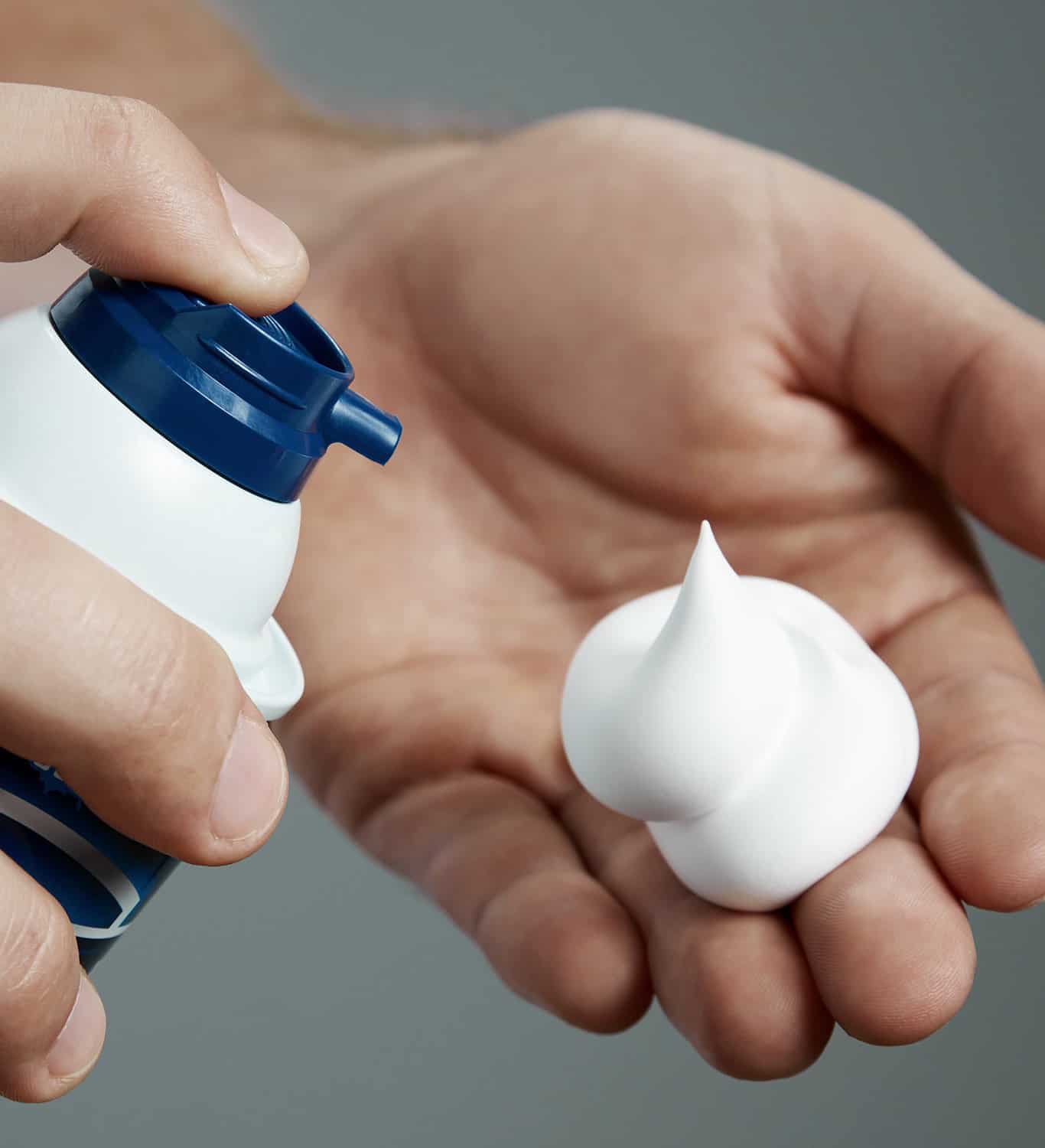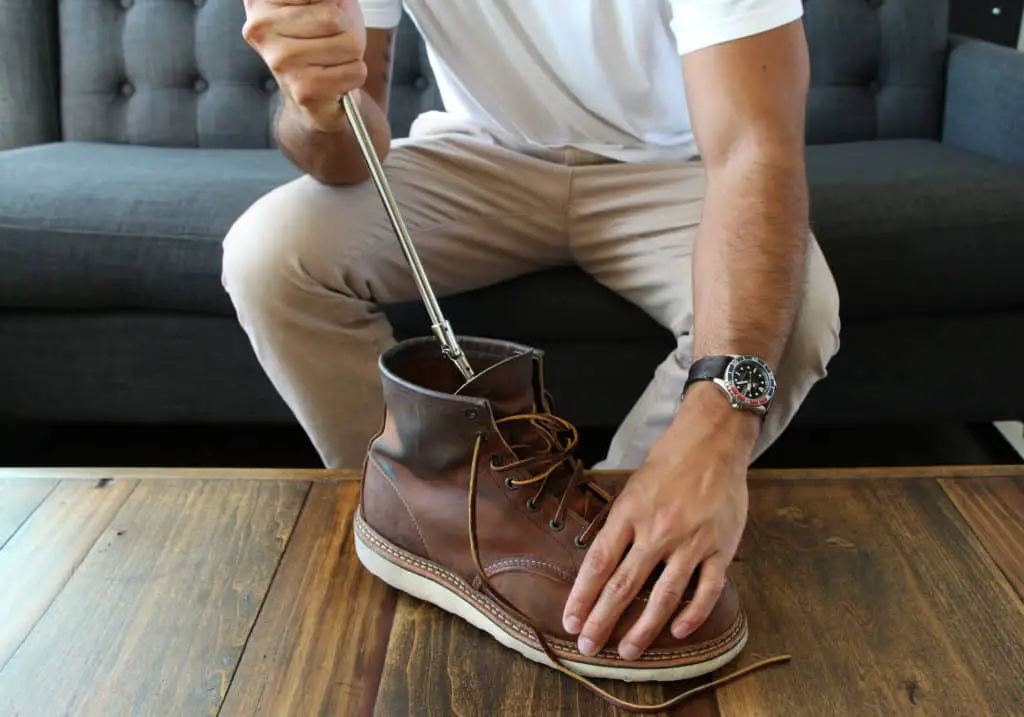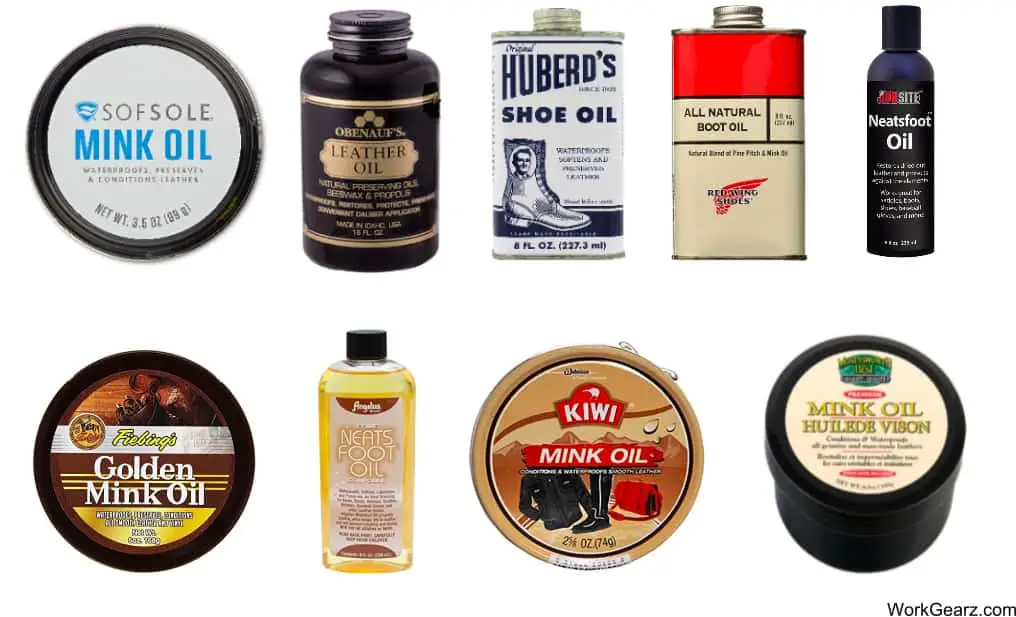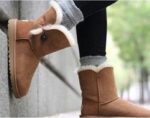 Everyone we know own boots, even if it is a single pair. Boots are indeed a wonderful creation and we wish to buy as many as we can because they are durable, stylish, and protect our feet.
Everyone we know own boots, even if it is a single pair. Boots are indeed a wonderful creation and we wish to buy as many as we can because they are durable, stylish, and protect our feet.
With the numerous styles and varied features, it is quite tough to resist ourselves from buying them. However, the one big drawback for most boots is the strenuous break-in period.
YES, Shaving cream absolutely does work to break in work boots. Many of us, including me, have tried to soften up our new leather boots using everyday products like shaving cream. And you will be pleased to know that it works wonderfully to break in boots.
I have tried several types of household products on my boots at desperate times when I did not have access to any specific leather oils. Some experiments have failed, while some have worked wonders.
How does shaving foam work on boots?
Who would have thought that something as common as shaving cream could help soften up leather boots? Shaving cream consists of several ingredients, including lanolin and glycerin. These two components mainly work on leather.
The steps to apply it on the boots are simple. Take a damp cloth and spray some shaving cream on it, then rub it on the boots in a circular motion. Do not smear it directly on the material. It is advisable to spread it in the natural direction of the fabric grain.
Remember to only dampen the cloth slightly with water before using it, should not be wet as water and leather are not the best combinations. Do not use this method on every type of boots. This does not apply to suede or nubuck leather boots.
What are the other ways to soften or break-in new boots?
The material of boots when new, can be very tough, which is what makes our feet hurt. But there are quite a few ways to make your new boots soft before wearing them regularly.

1.) Shoe or boot stretcher: Get yourself a stretcher made for boots or even the ones designed for shoes will work. They are also referred to as show expanders and can be easily found on Amazon.
This device is shaped like an actual foot that needs to be inserted into the boots to stretch them out. Spraying some shoe stretcher helps to make the process easier as leather is a tough material.

2.) Oil/conditioners: There a ton of leather oils and conditioners that aid in reducing the break-in period of new boots. They are produced to help maintain the longevity of boots, however, there are a few brands that have managed to increase their advantages.
One such brand is Obenauf’s Leather Oil, which is a well-known name today. Check my article on Top 10 Best Oil For Leather Boots to Keep Them Young for more such products.
3.) Wear them in the house: It can be slightly painful, but you should wear new boots in the house for a couple of hours daily before you can start wearing them outside.
This will help your boots conform to the shape of your feet gradually. Wearing a thick pair of socks helps as it will create a barrier between the wall of the boots and your skin.
4.) Right foot size: When buying new boots, always go for the right size. Do not settle on a size smaller if your size is not available, because you will then have to face months of discomfort. Wearing the wrong size will lead to painful blisters and sores on your feet. It is simply not worth it.
5.) Apply natural oils: Some boots have a positive reaction towards natural oils like olive or coconut oil. Use a lint-free cloth to dab some oil on it and then spread it on the boots gradually. After applying oil, let the boots dry naturally overnight.
You will notice that your boots have now become softer. Any excess oil can be wiped off using a clean cloth or towel. Point to note while using oil, it can darken the color of your boots.
What you should AVOID doing to make boots soft and reduce break-in period?
Apart from knowing the methods of how to break-in to new boots, you are required to know what you should not do in the process.
-
-
- Never submerge boots in water as the material will shrink and possibly harden. In short, it will ruin your boots completely.
- Contrary to popular belief, you should never expose leather boots to heat directly, as this will make the leather crack and perhaps dry them up.
- You should not insert any heavy items in the boots to expand them. This can lead to deforming its shape.
- If you get blisters, and sores, stop wearing the boots immediately.
-
Wrapping up
Even if you have learned that shaving cream helps to break in new boots, my recommendation will be to use the other methods that I have listed above.
Those are a safer bet because they are specially created to serve the purpose of softening boots. Therefore, the chances of wrecking your new boots are very minimal.
Always remember to read the labels of any product you use to soften boots because each material comes with their special instructions.







